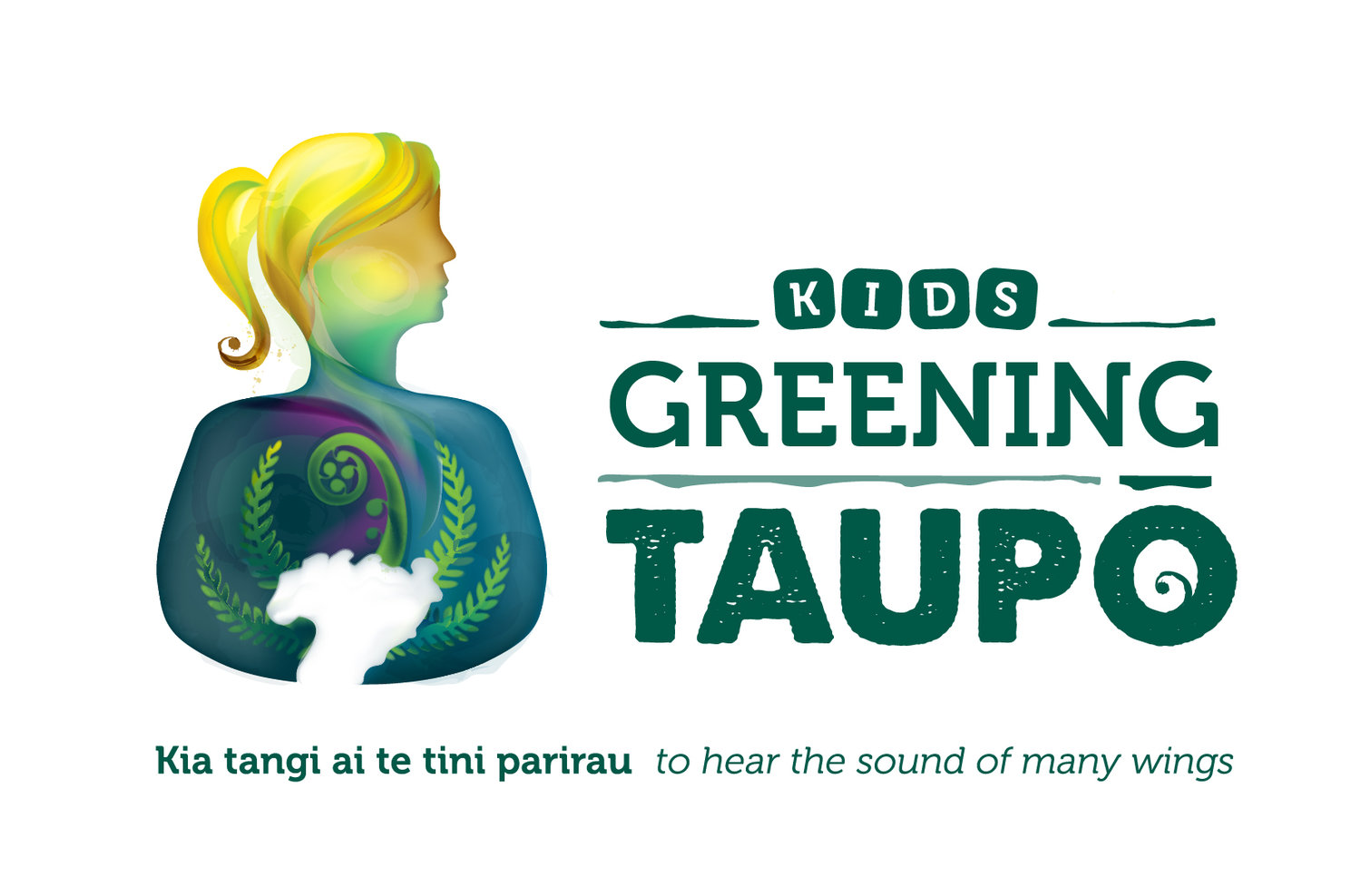Freshwater Macroinvertebrates-with Taupō Primary School
This term Taupo Primary School are focusing on wai (water), so our coordinator Rachel decided to follow on from last term's lessons on the importance of 'bugs', by introducing the fascinating world of freshwater macroinvertebrates. To do this, we called in the help of educators from Tongariro National Trout Centre and they joined us, bringing along buckets of the critters for the students to hunt for in the classroom! Over two days, we worked with every class, teaching them the importance of these little 'bugs' and how they can help to protect them.
So what are freshwater macroinvertebrates? Why are they important and how can they be useful?
Freshwater macroinvertebrates are little bugs/critters that can live in any water that is not salty, like streams, rivers and lakes. They are small but you can still see them with your eyes, so you don’t need a microscope to look at them but a magnifying glass can help. They also don’t have a backbone, that’s what the invertebrate bit of their name means.
Even though they are only small these little ‘bugs’ play a vital role in our freshwater ecosystems. They provide a valuable water cleaning service by feeding on decaying bacteria, plants and animals and recycling these nutrients. They also provide an important food source to fish, birds and animals, including our special endangered duck , the whio.
Macroinvertebrates are very useful to scientists, farmers and people who want to be able to monitor how clean and healthy our freshwater is. As some species can only be found in very clean water, so sampling the types of bugs found indicates the water quality at that location.
Some of the macroinvertebrates that you can find in freshwater are larval stages of insects like dragonflies and mayflies, so they only spend some of their lifecycle in the water. You can identify what kind of insect the larvae will turn into. If you want to find out more information on how to collect and identify these bugs and their lifecycles check out the KGT resource here.
Planting native plants along the banks of our rivers and streams helps our macroinvertebrates, as it stabilises the banks, filters the water, and provides shade to keep the water cool. Farmers can help by fencing off waterways to keep stock out and all of us can help by following the Clean, Check, Dry procedures if we go swimming, fishing, boating, or walking in freshwater. Also, remember that what goes down the grate, ends up in the lake!
Our water is so important, we need it to live. These little bugs have a vital role in helping to keep our water healthy, so we need to help look after them. It was lots of fun to explore the river at school with some great learning!










